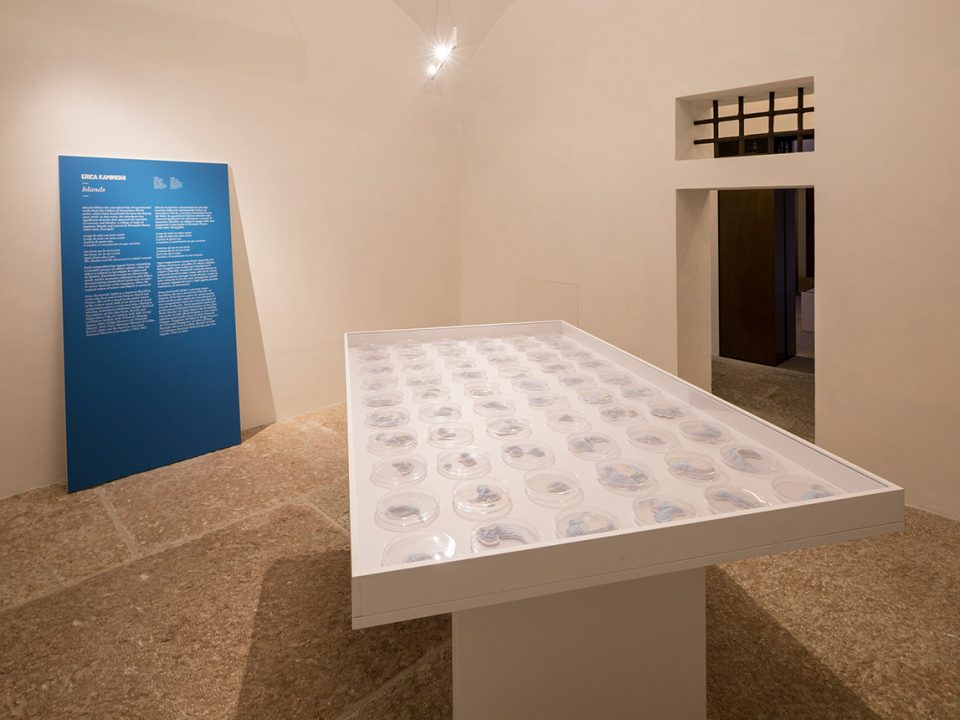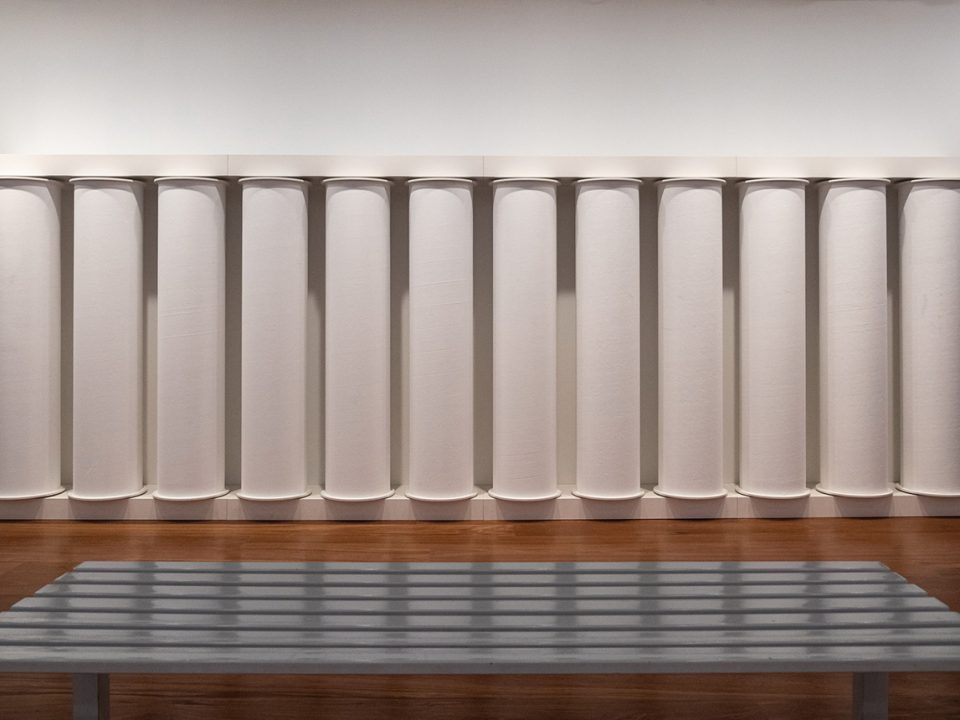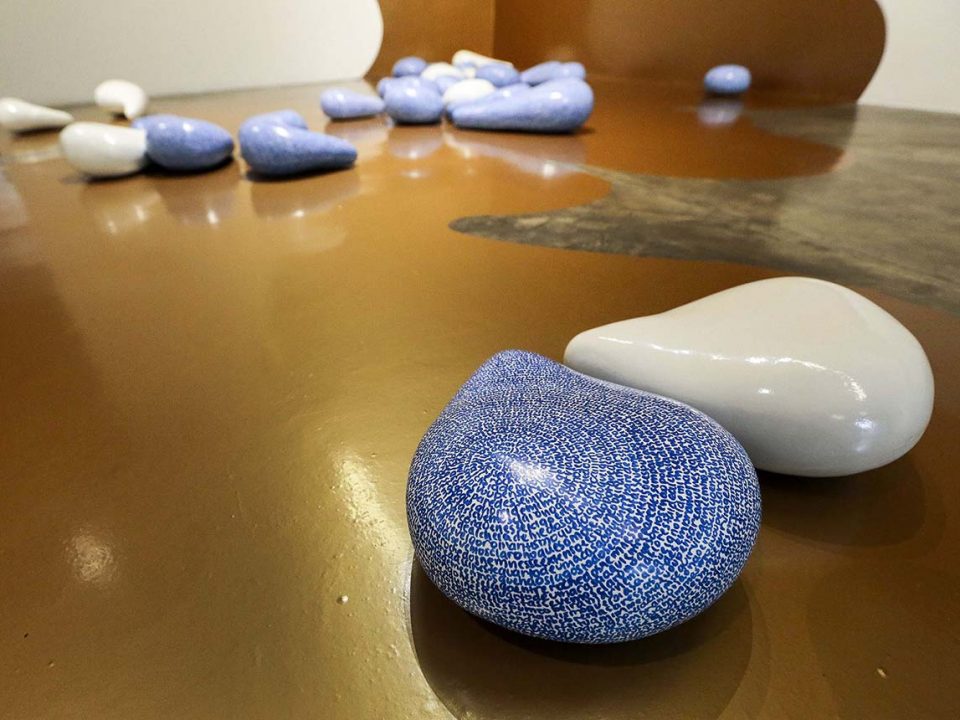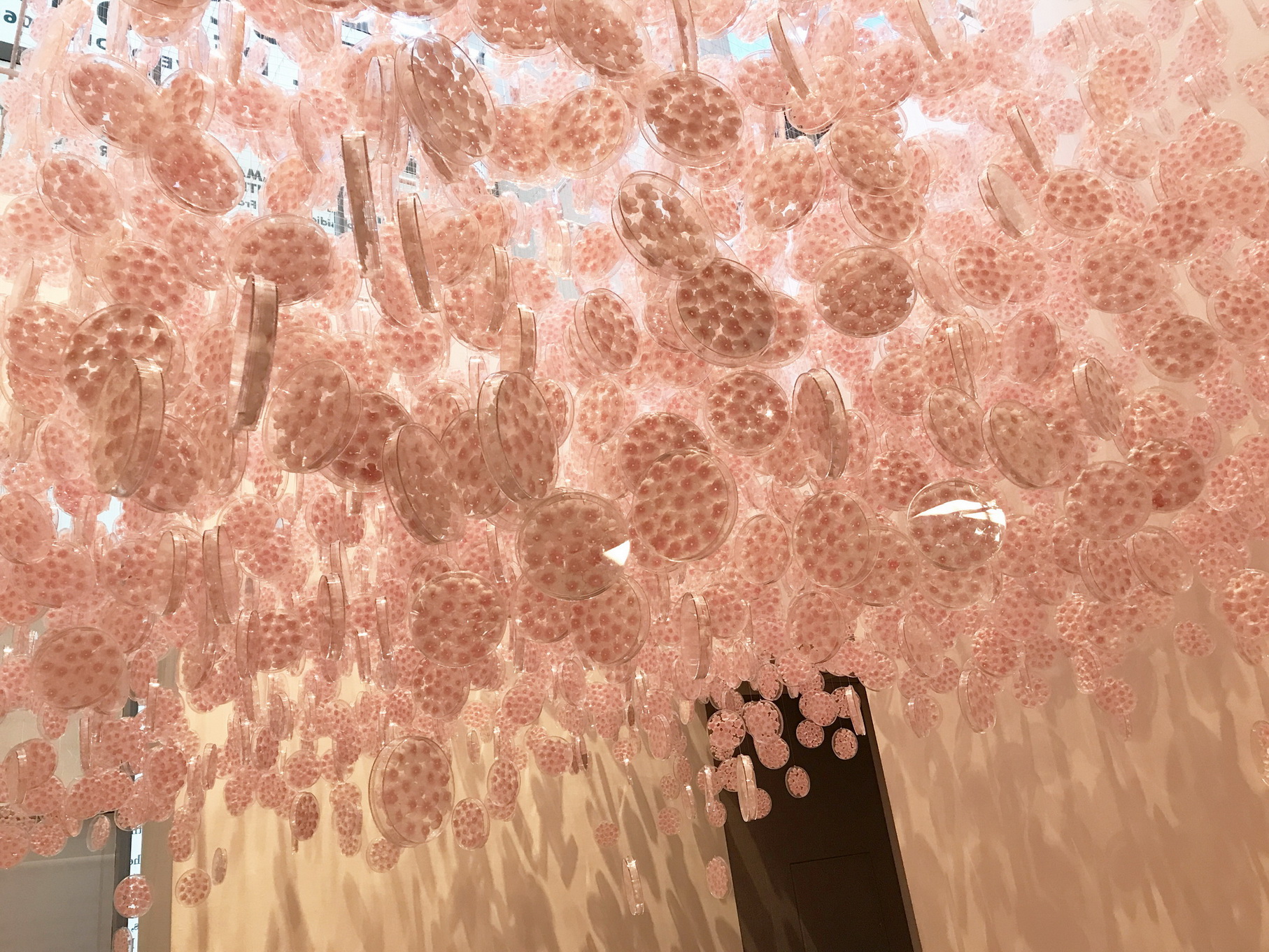
Prunusplastus
Mixed Media: synthetic cherry blossom flower and petri dishes
Variable Dimension, 2017
Exhibition Transpacific Bordelands, 2017
Japanese American National Museum LA/USA
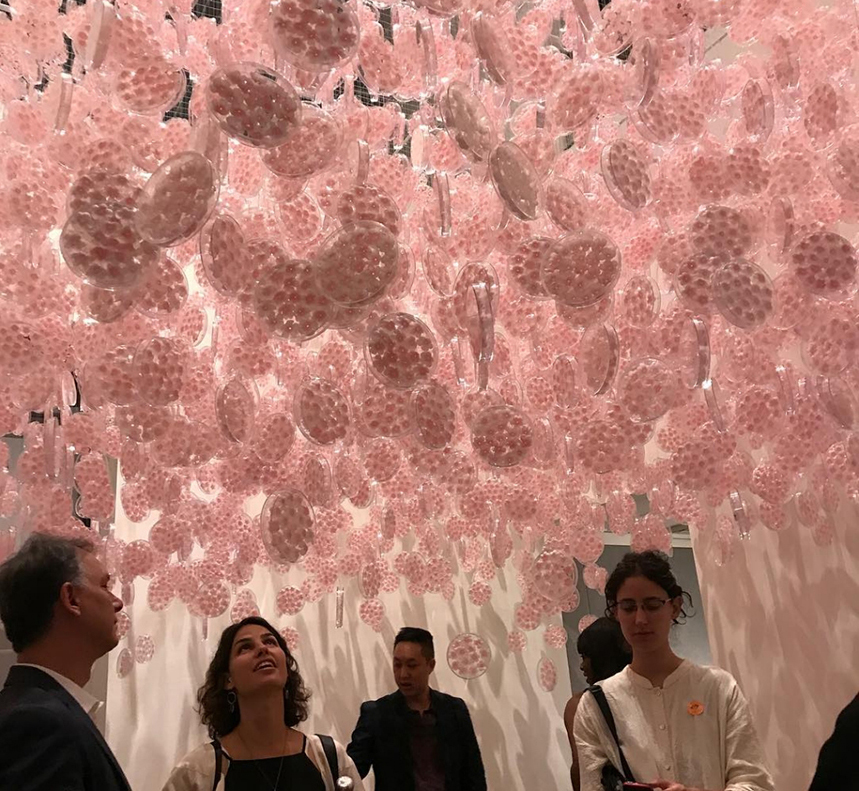
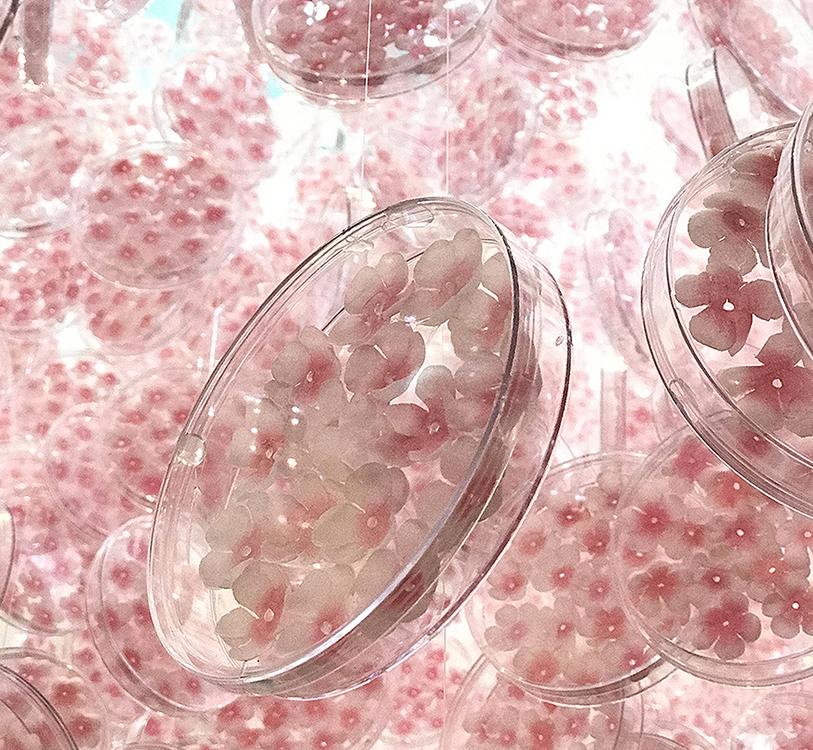
Video by Evan Kodani, Japanese American National Museum, LA USA.
Prunusplastus
"The project Prunusplastus proposes poetic reflections around the notions of territoriality, memory and identity roots of Japanese-Brazilian culture. Although fully integrated into Brazilian culture, the Nikkei culture holds similar characteristics to the original Japanese one, but in a hybrid approach fitting between the two cultures. Prunusplastus punctuates global issues of migration and socio-cultural reconfigurations, introducing the public into a space of observation and reflection issues towards its surroundings, alterity and contemporary territoriality.
Based on the traditional Japanese concept Mono no aware, literally translated as "aesthetic sensitivity to the ephemeral", the title Prunusplastus is a junction of Prunus Serrulata, from the scientific name of cherry flower with plastus, meaning "something modeled" in Latin. This word game brings in its semantics the conceptual nature of the project, in which the symbolic sense of cherry blossom is re-worked in the form of an artificial manipulation, like a scientific process of "cell culture" where the object is isolated to investigate its origins and identity. Such a process proposes a shift of signs for the deconstruction of standardized landscapes to rescue imaginary elements that cherish the original notion of things and senses." Erica, 2013
_______________________________________
"(...)Erica and her work have a strong bond with Japan, where the artist lived during two distinct periods of her life: the first time as a dekasegi and the second as a graduate student. This relationship was permeated by the fact that she faced Japanese prejudice against Japanese Brazilians, particularly during her first stay in that country. In the exhibition, she presents the cherry tree, the symbol of transience and spring in Japan, in an installation called Prunusplastus, featuring more than 3,000 artificial flowers inserted into petri dishes hanging from the ceiling. The artist creates a florescence of plastic cherry trees, encased in covers of that same material and that never fade away. She thus plays with both the opposition between nature and science, by juxtaposing the flowers against the petri dishes, and that between ephemerality and permanence, by replacing the characteristic fleetingness of plants with lasting materiality, something that also reveals the artist's critical gaze on this symbology so widely known in Japan and around the world(...)"
Michiko Okano
Prof. of Asian Art History at Unifesp (Federal University of Sao Paulo)
_______________________________________
Prunusplastus
" Prunusplastus traz reflexões poéticas em torno da noção de territorialidade, da memória e das raízes identitárias da cultura nipo-brasileira, que mesmo totalmente integrada à cultura brasileira, possui particularidades muito próximas à cultura japonesa original, porém dentro de uma perspectiva híbrida, que a encaixa no entremeio das duas culturas. Baseado no conceito tradicional japonês mono no aware, traduzido literalmente como “sensibilidade estética ao efêmero", Prunusplastus traz em seu nome a junção de prunus serrulata, o nome científico da cerejeira com plastus, do latim "algo modelado". Este jogo de palavras traz em sua semântica a natureza conceitual do projeto, no qual retrabalha-se o sentido simbólico da flor de cerejeira sob forma de uma manipulação artificial, como em um processo científico de “cultura celular” onde se isola o objeto para investigar suas origens e sua identidade. Tal processo, propõe um deslocamento de signos para a desconstrução de paisagens padronizadas a fim de resgatar elementos do imaginário onde se acalenta a noção original dos sentidos e das coisas." Erica, 2013
_______________________________________
"(...) Erica e sua obra possuem um forte laço com o Japão, onde a artista residiu em dois períodos distintos de sua vida: a primeira vez como dekassegi e a segunda como estudante de pós-graduação. Tal relação foi permeada pelo fato de ter enfrentado o preconceito dos japoneses em relação aos nipo-brasileiros, sobretudo na sua primeira experiência. Na exposição, ela apresenta a cerejeira, símbolo de transitoriedade e primavera no Japão, em uma instalação denominada Prunusplastus, em que insere, dentro de placas de petri, mais de 3.000 flores artificiais e as pendura do teto. A artista compõe uma florescência de cerejeiras de plástico, enclausuradas em invólucros do mesmo material, que nunca fenecem. Brinca, assim, tanto com a oposição natureza/ciência, justapondo a flor e as placas de petri, bem como com a efemeridade/permanência, substituindo a fugacidade característica da planta por materialidade duradoura, o que também revela o olhar crítico da artista sobre essa simbologia tão conhecida no Japão e no mundo.(...)"
Michiko Okano.
Profa de História da Arte Asiática na Unifesp (Universidade Federal de Sao Paulo)


